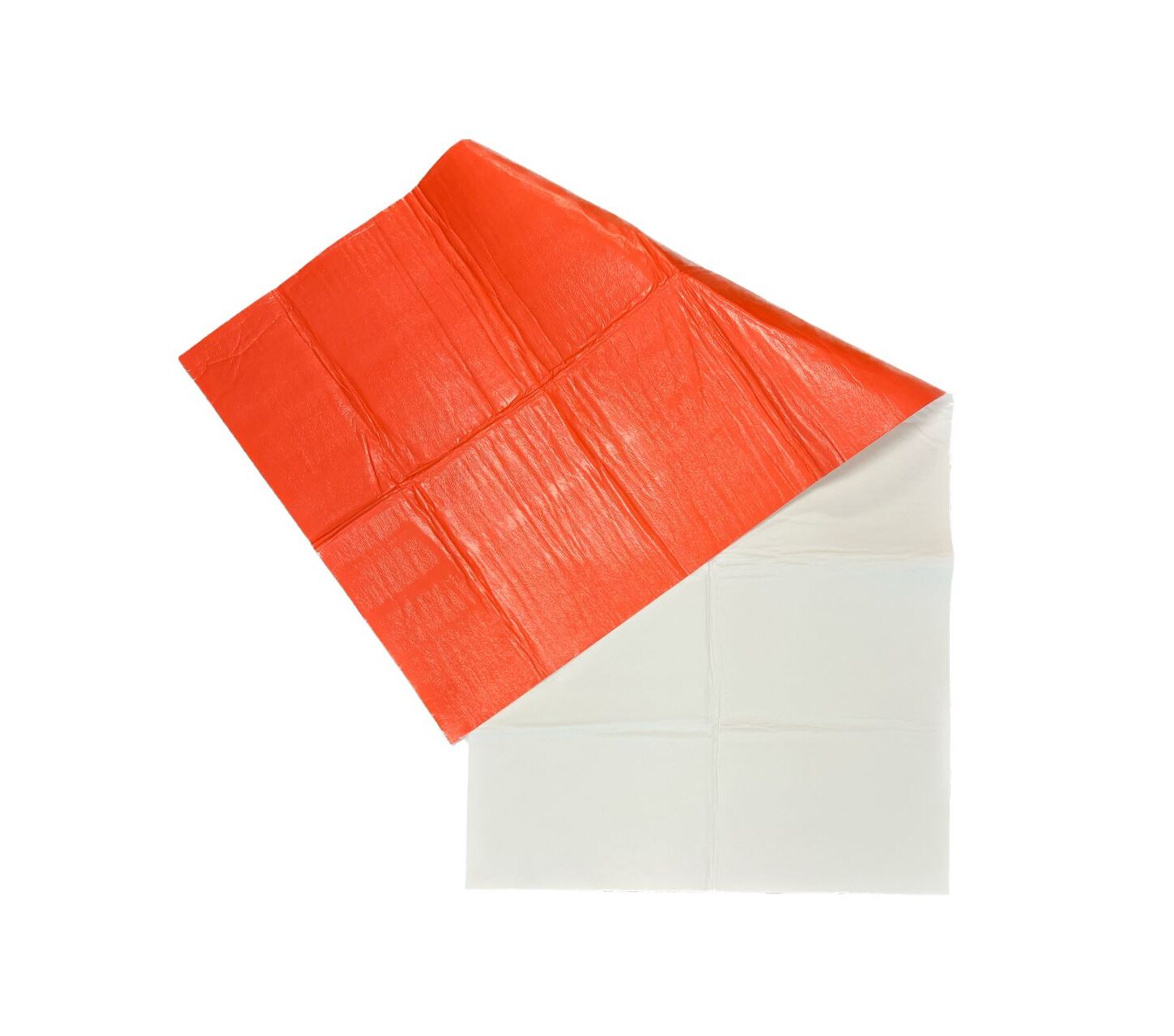The Risks of Using Towels and Sheets as Operating Room Floor Mats, The “Whatever Is Available” Method
Operating rooms (ORs) in hospitals are critical environments where surgical procedures are performed. These environments require rigorous standards of cleanliness, hygiene, and safety to prevent infections and ensure patient safety. One of the critical components of maintaining a clean and safe OR is the use of absorbent floor mats. In this blog post, we will explore the benefits of absorbent floor mats in operating rooms in hospitals.
- Reduces the Risk of Slips and Falls
- Operating rooms are typically busy environments, with many medical professionals moving around quickly to attend to patients. The use of absorbent floor mats can help to prevent slip and fall accidents that can occur when the floor becomes wet or slippery. These accidents can not only cause injury to staff members but can also lead to surgical errors and compromised patient safety.
- Reduces Cleaning Time and Costs
- Operating rooms require constant cleaning and maintenance to maintain a sterile environment. Absorbent floor mats can help to reduce cleaning time and costs by quickly absorbing liquids and preventing the need for extensive cleaning. This can help to reduce the workload for hospital staff and reduce the use of cleaning chemicals that can be harmful to the environment.
- Improves Air Quality
- Absorbent floor mats can also help to improve air quality in operating rooms. When liquids are spilled on the floor, they can evaporate and create unpleasant odors that can be harmful to patients and staff members. Absorbent floor mats help to prevent this by quickly absorbing liquids and preventing them from evaporating into the air.
- Enhances Sterilization and Infection Control
- Absorbent floor mats can help to enhance sterilization and infection control in operating rooms. These mats are designed to quickly absorb liquids and prevent the spread of bacteria and other microorganisms that can cause infections. By reducing the risk of contamination, absorbent floor mats can help to maintain a sterile environment that is essential for surgical procedures.
- Provides a Comfortable Surface for Standing
- Finally, absorbent floor mats provide a comfortable surface for staff members to stand on during long surgical procedures. These mats are designed to be soft and cushioned, which can help to reduce fatigue and discomfort that can be caused by standing on hard floors for extended periods.
Does OSHA require floor mats in operating rooms?
OSHA does not specifically require floor mats in operating rooms. However, OSHA does require that workplaces have clean and orderly floors that are free from recognized hazards[1][2]. In areas where it is not feasible to maintain dry standing places, such as in wet processes, OSHA recommends the use of dry standing places, such as false floors, platforms, and mats[1]. Additionally, ANSI issued regulations in 2001 about updating floor standard systems with mats to prevent slips, trips, and falls[3]. While surgical mats are not specifically required by OSHA, they are considered a necessary item for the operating room to help reduce injury and fatigue and improve workplace ergonomics[4]. Therefore, while OSHA does not require floor mats in operating rooms, they may be used as a safety measure to prevent slips, trips, and falls.
In conclusion, absorbent floor mats offer many benefits for operating rooms in hospitals. They help to prevent slip and fall accidents, reduce cleaning time and costs, improve air quality, enhance sterilization and infection control and provide a comfortable surface for staff members. By investing in absorbent floor mats, hospitals can create a safer, cleaner, and more comfortable environment for both staff and patients.
To learn more about why absorbent floor mats are the future of operating room safety, click here. To view our sales brochure, click here.
Citations:
[1] https://www.osha.gov/laws-regs/regulations/standardnumber/1910/1910.22
[2] https://www.webstaurantstore.com/article/255/osha-regulations-for-restaurants.html
[3] https://www.xpressmats.com/safety-laws-osha-ansi-mats
[4] https://blog.universalmedicalinc.com/surgical-mats-are-a-must-in-the-operating-room/


